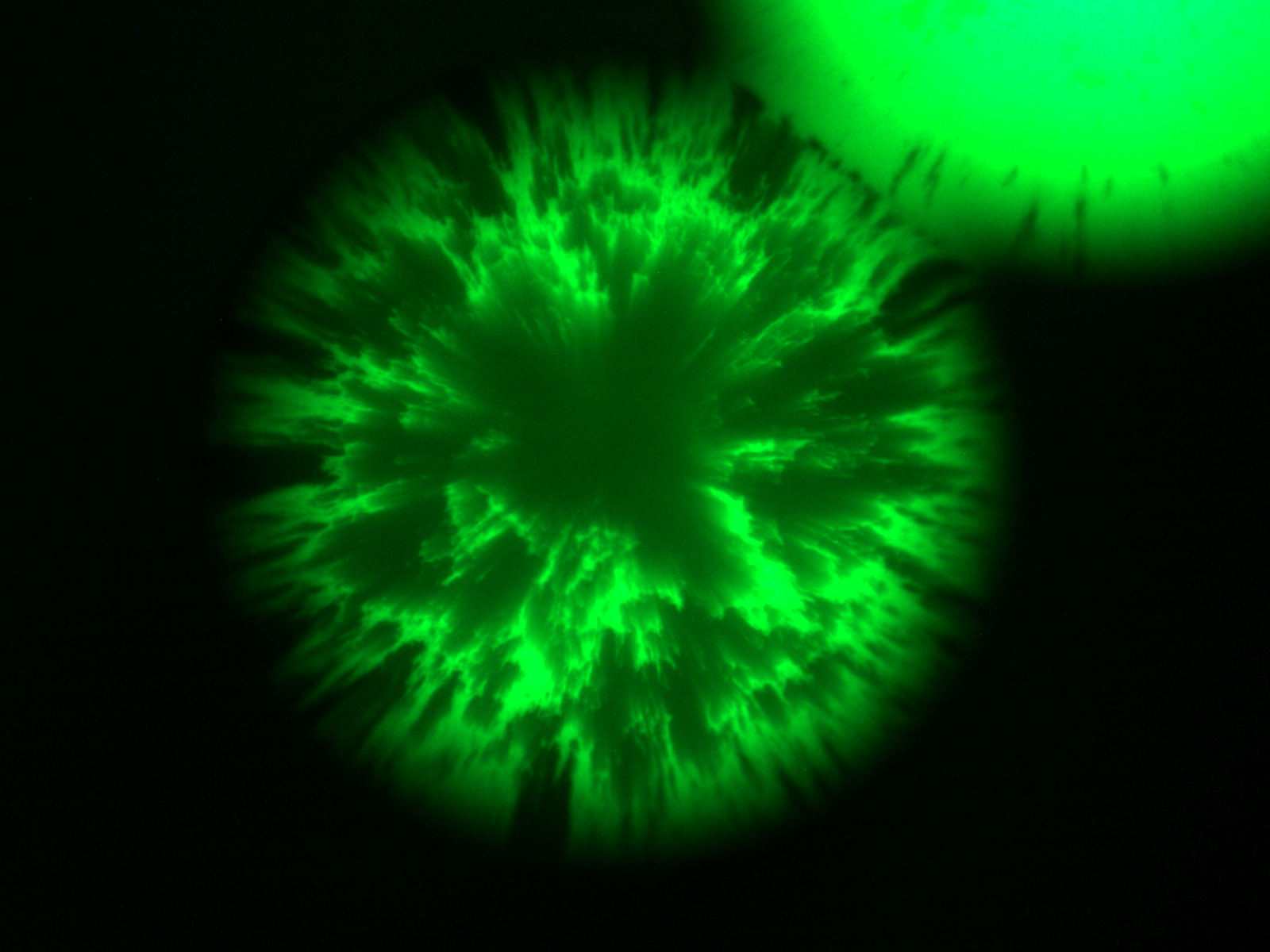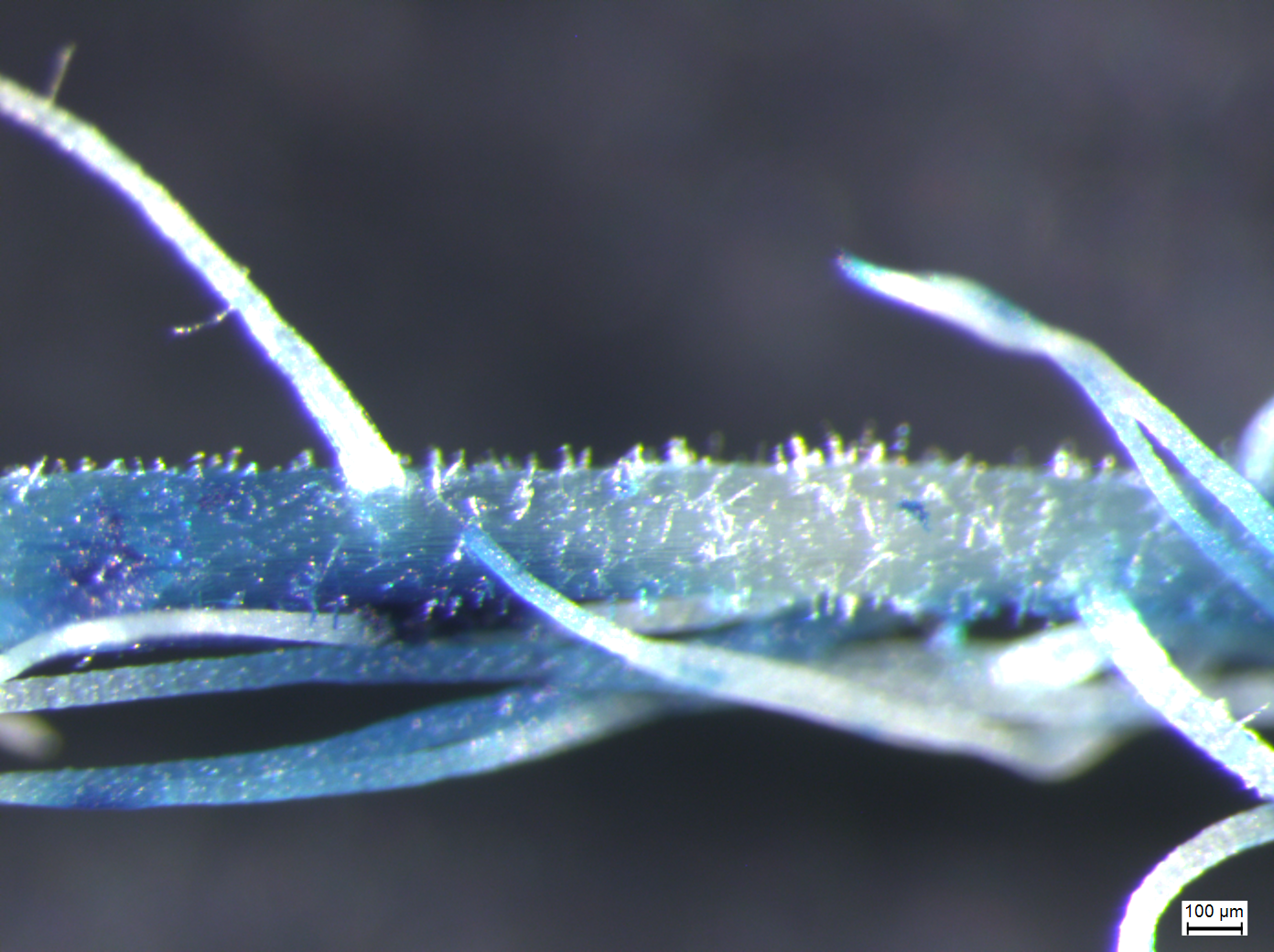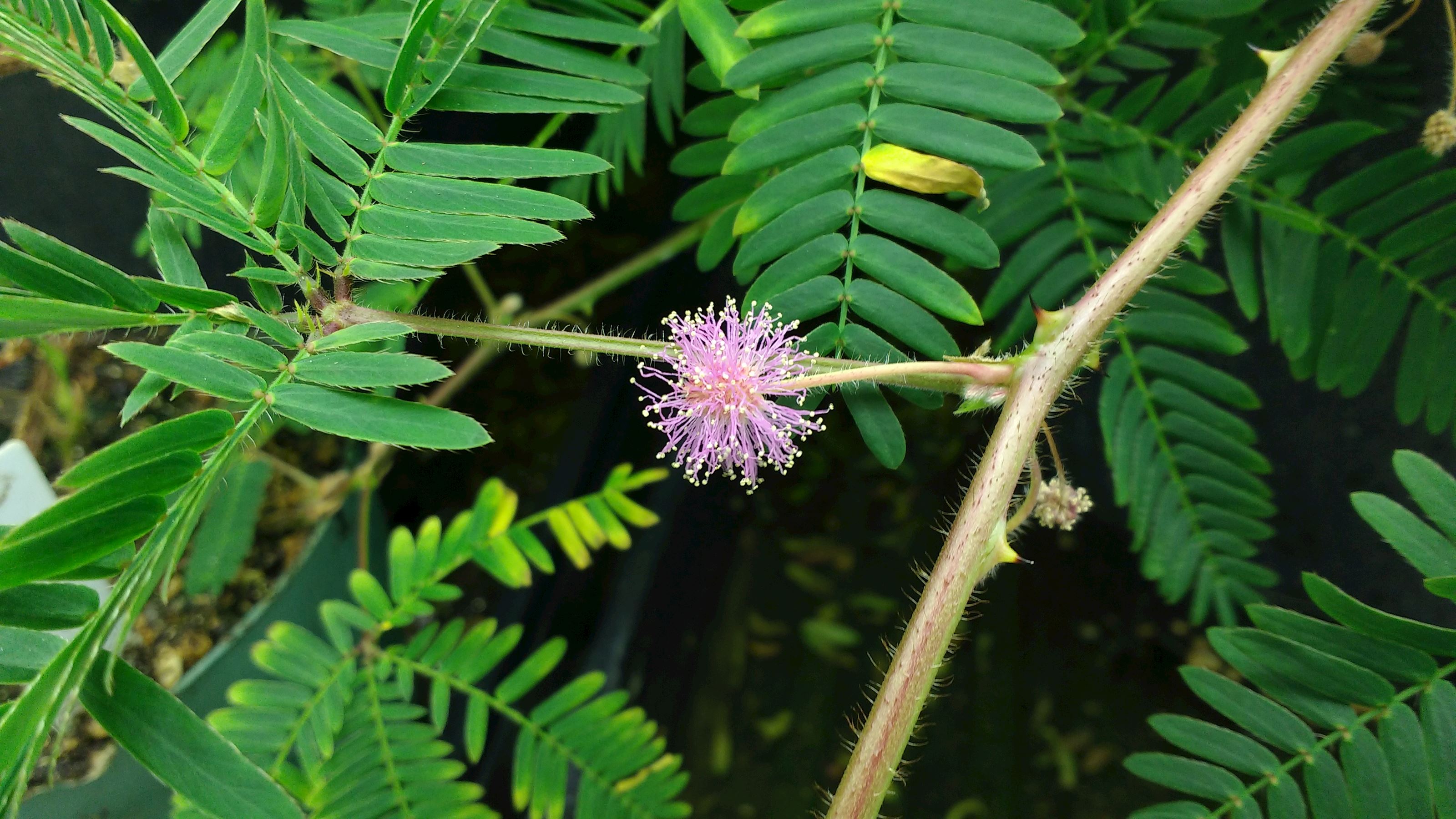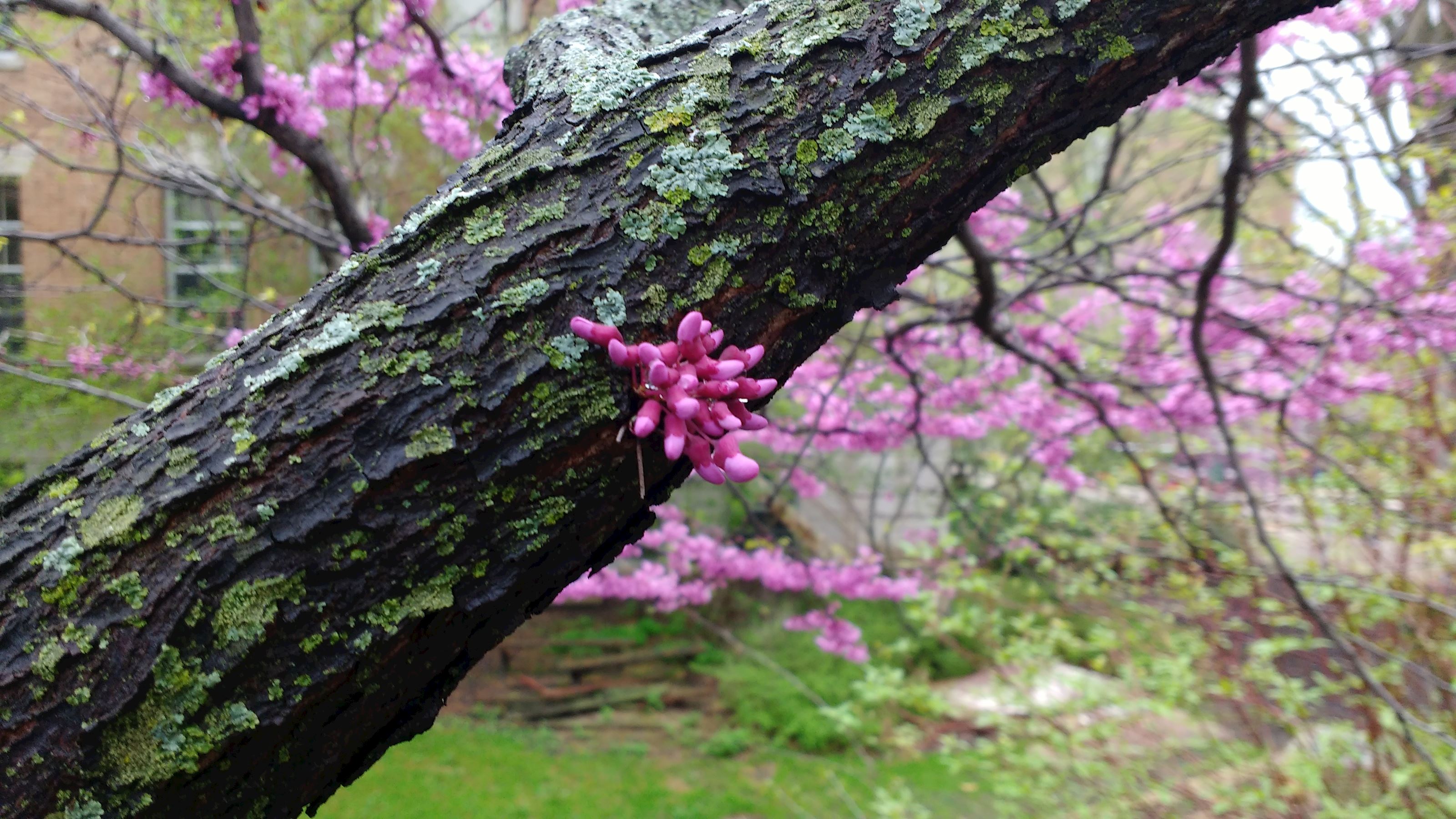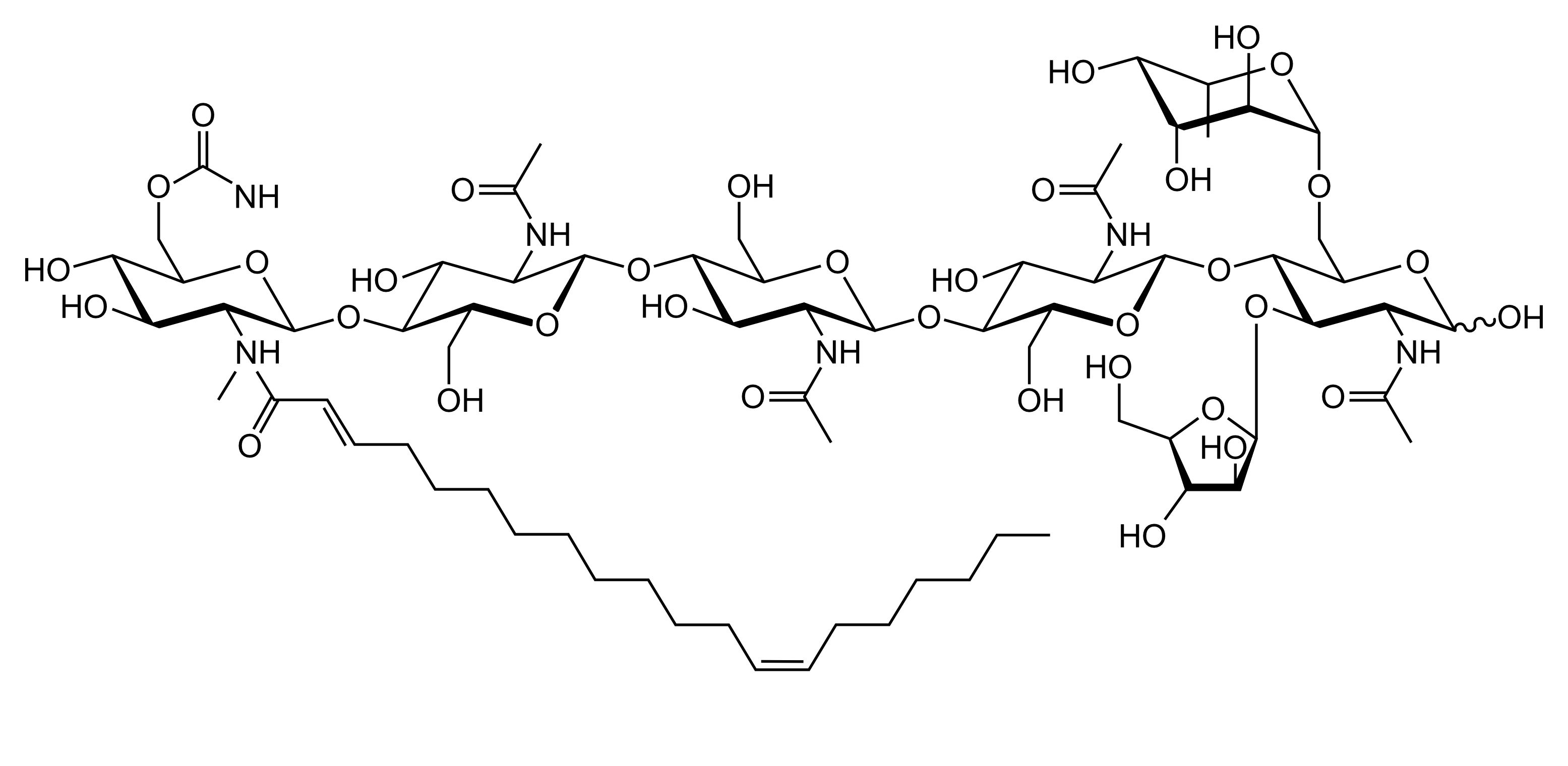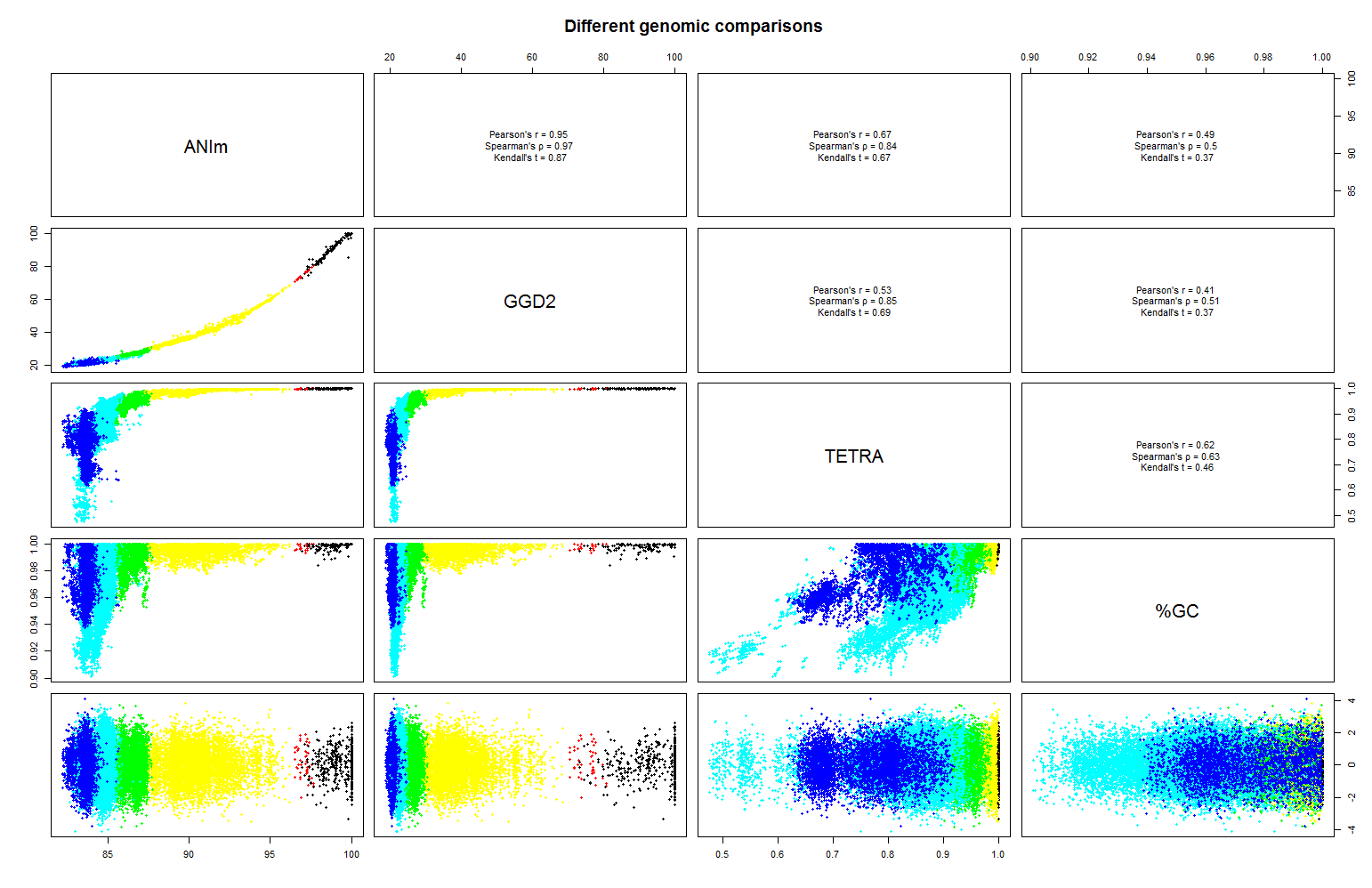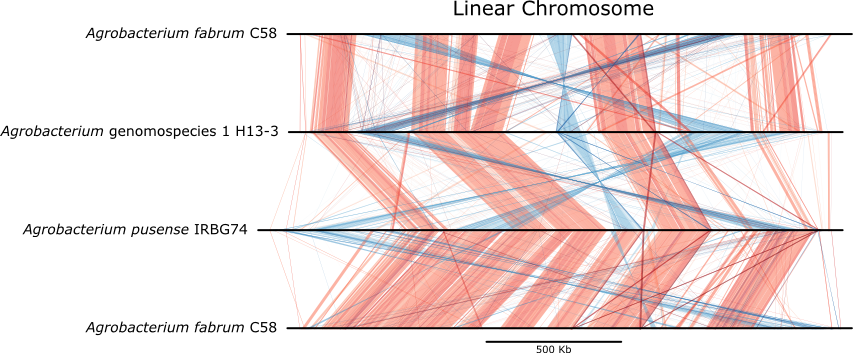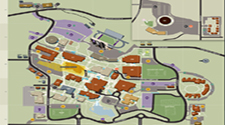Dr. Matthew Crook
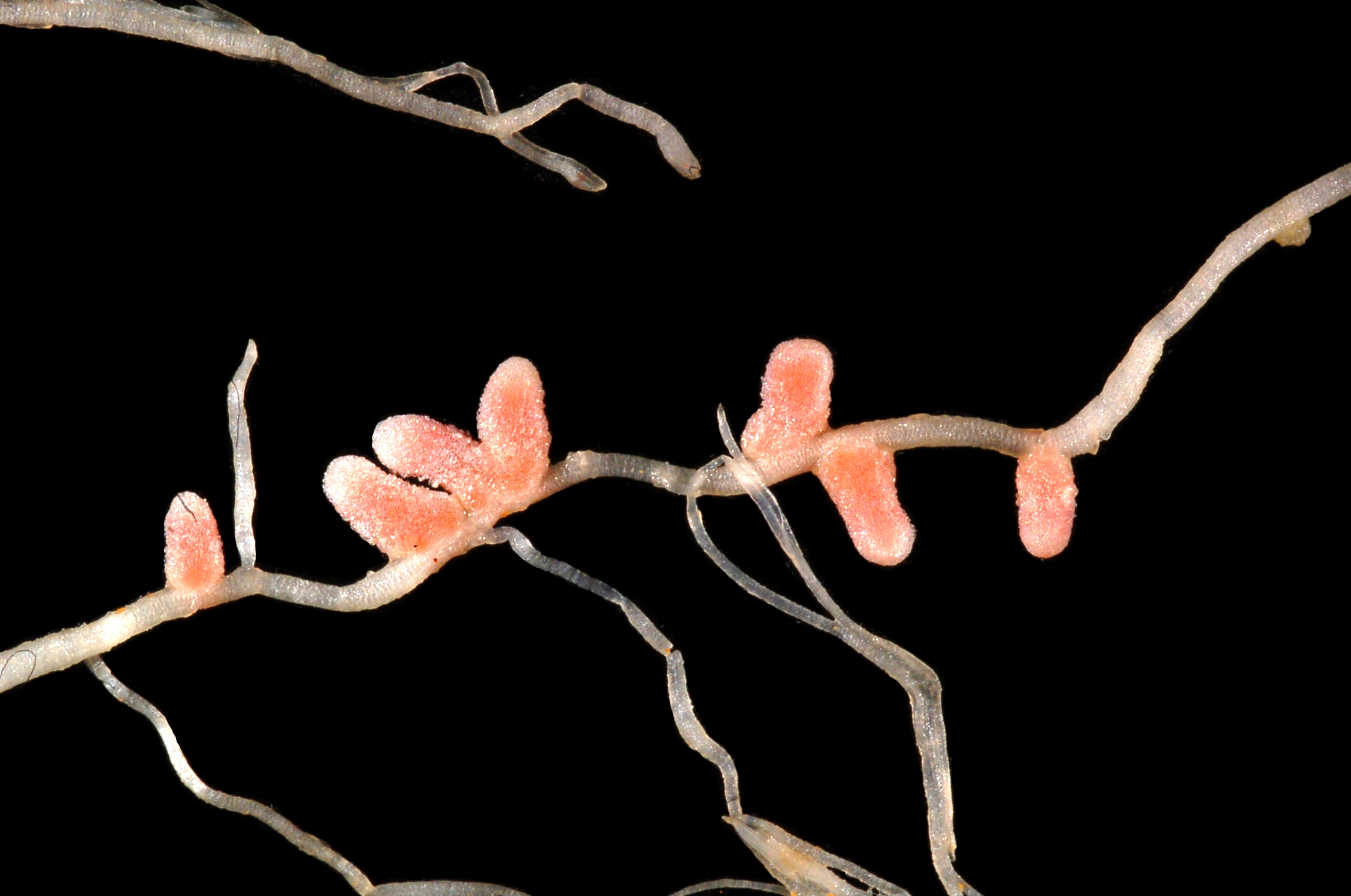
Education
Contact Information
Email: matthewcrook@weber.edu
Phone: 801-626-7721
Office Location: Tracy Hall Science Center (TY) Room 450G
asesoramiento académico
hablo español
Schedule An Advising Appointment
Teaching Philosophy & Focus
Microbes are incredibly diverse and phenomenally versatile. Just about everywhere we look, we find them. They've been found living in the stratosphere, at the bottom of oceanic trenches, and deep within the earth. They've been found living in boiling water, in lakes underneath the Antarctic ice, in salt lakes and acid lakes, in dry deserts, and in the water used to cool nuclear reactors. They play a role both in health and in disease. We can use them to clean up oil spills and to create medicine. And we probably haven't even identified 1% of them, yet, so there's still a great deal to learn.
Ultimately, my goal as a teacher is for my students to leave my classroom as scientists. I want them to confront questions and problems with the scientific method. I want them to have a knowledge base that they can draw on to creatively solve new problems and critically evaluate new information. I want them to share my fascination with microbes and develop a life-long love of learning and sharing that learning with others.
Courses Taught
MICR 4054 - Microbial Physiology
MICR 4054L - Microbial Physiology lab
MICR 4154 - Microbial Genetics
MICR 4154L - Microbial Genetics lab
MICR 4800/4830 - Directed Research/Readings
Search Catalog For Course Details
Research Areas of Interest
My research focuses on the symbiosis between legume plants and beneficial soil microbes called rhizobia. When this symbiosis occurs, the legume produces a special organ on its roots called a root nodule. The rhizobia live inside the root nodule and perform a process called nitrogen fixation: they take nitrogen out of the air and convert it into a form that is nutritious for the plant. In exchange, the plant feeds the bacteria with sugar. Even though this symbiosis is incredibly beneficial, only legumes and a tiny number of related plants can do it. I am working to understand how the rhizobia and the legumes recognize each other, what the developmental steps are to make a root nodule, and why most plants are unable to form this symbiosis. Undergraduates have always been part of my research activities, and I welcome any students who are interested to contact me about working with me in the lab.
Specific Projects
Rice-Rhizobium Interactions: In the 1990s scientists at the International Rice Research Institute discovered Rhizobium sp. IRBG74. When they inoculated this strain on rice fields, the yields went up. But this improvement was not due to nitrogen fixation, since rice plants are unable to make root nodules. I use bacterial genetics to test various microbial products of Rhizobium sp. IRBG74 to see which ones are responsible for improving rice yields.
Nod Factors and Lateral Root Formation: One of the ways that rhizobia identify themselves to their legume hosts is by the secretion of chemicals called Nod factors. If the legume perceives the correct Nod factor it will produce a root nodule for the rhizobia to occupy. It is also known that Nod factors stimulate plants (both legumes and non-legumes) to make more lateral roots. I use plant genetics to identify proteins that are involved in producing lateral roots in response to Nod factors.
Evolution of the Root Nodule: Working with colleagues all over the globe, I have been sequencing the genomes of closely related plants that do or do not produce root nodules. Then we use state-of-the-art bioinformatic and statistical methods to identify genetic signatures that are correlated with the ability to form root nodules.
Recent Publications
- Paudel D, Liu F, Wang L, Crook M, Maya S, Peng Z, Kelley K, Ané J-M, Wang J. (2020) "Isolation, characterization, and complete genome sequence of a Bradyrhizobium strain Lb8 from nodules of peanut utilizing crack entry infection." Frontiers in Microbiology, 11 (93): 1–15. DOI 10.3389/fmicb.2020.00093
Full Article - Estrada-de Los Santos P, Palmer M, Chávez-Ramírez B, Beukes C, Steenkamp ET, Briscoe L, Khan N, Maluk M, Lafos M, Humm E, Arrabit M, Crook M, Gross E, Simon MF, Dos Reis Jr. FB, Whitman WB, Shapiro N, Poole PS, Hirsch AM, Venter SN, James EK. (2018) "Whole genome analyses suggests that Burkholderia sensu lato contains two additional novel genera (Mycetohabitans gen. nov., and Trinickia gen. nov.): Implications for the evolution of diazotrophy and nodulation in the Burkholderiaceae." Genes, 9 (8): 389. DOI 10.3390/genes9080389
Full Article - Griesmann M, Chang Y, Liu X, Song Y, Haberer G, Crook MB, Billault-Penneteau B, Lauressergues D, Keller J, Imanishi L, Roswanjaya YP, Kohlen W, Pujic P, Song Y, Battenberg K, Alloisio N, Liang Y, Hilhorst H, Salgado MG, Hocher V, Gherbi H, Svistoonoff S, Doyle JJ, He S, Xu Y, Xu S, Qu J, Gao Q, Fang X, Fu Y, Normand P, Berry AM, Wall LG, Ané J-M, Pawlowski K, Xu X, Yang H, Spannagl M, Mayer KFX, Wong GK-S, Parniske M, Delaux P-M, Cheng S. (2018) "Phylogenomics reveals multiple losses of nitrogen-fixing root nodule symbiosis." Science, 361 (6398): 133–146. DOI 10.1126/science.aat1743
Full Article
Advisor & Office Hrs
New Major Advisor
Dr. Matthew Domek
Dr. Michele Culumber
Monday - Friday
8:00 a.m. - 4:30 p.m.
Mailing Address
Weber State University
College of Science
1415 Edvalson St., Dept. 2506
Ogden, UT 84408-2506
